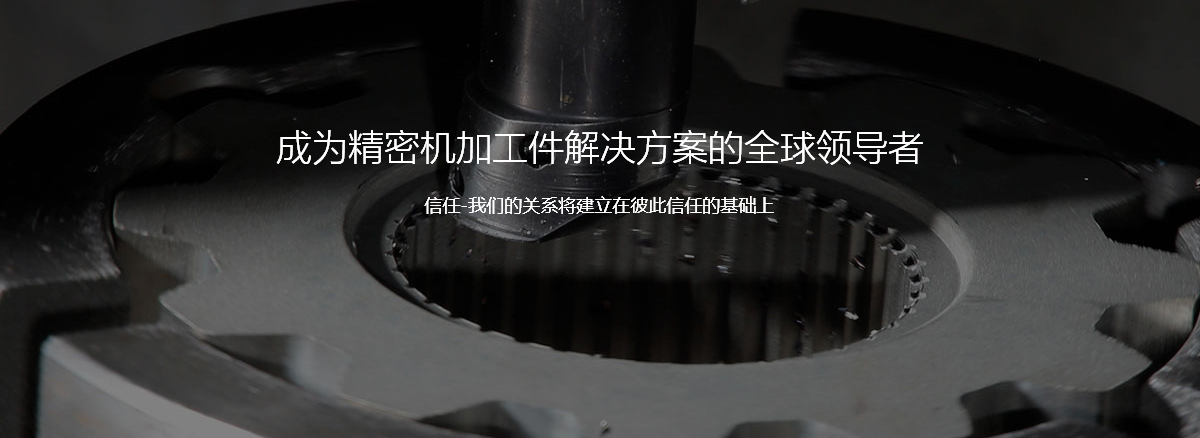Intergranular corrosion is a common localized corrosion that develops along the boundaries of metal or alloy grains or their adjacent areas, and grain corrosion is very mild. This type of corrosion is called intergranular corrosion, which greatly weakens the bonding force between grains. Severe intergranular corrosion can cause the metal to lose strength and ductility, leading to fragmentation under normal loads. The modern theory of intergranular corrosion mainly includes the theory of chromium deficiency and the theory of selective dissolution of grain boundary impurities.
The favorable means to solve intergranular corrosion and reduce the production costs of stainless steel processing manufacturers are as follows:
(1) Reducing the carbon content in steel to lower the carbon content than the saturation solubility in austenite under equilibrium state fundamentally solves the problem of chromium carbide (Cr23C6) precipitation at grain boundaries. Usually, reducing the carbon content in steel to below 0.03% can meet the requirements for intergranular corrosion resistance.
(2) Adding elements such as Ti and Nb that can form stable carbides (TiC or NbC) can prevent the precipitation of Cr23C6 at grain boundaries and prevent intergranular corrosion of austenitic stainless steel.
From the calculation formula [7] Creff=Cr% -0.18 × Ni% -100 × C% and a large number of experiments show that when stainless steel processing manufacturers cannot master the technology, arbitrary processing will produce a large amount of carbon elements, and carbon content is the main factor affecting intergranular corrosion of austenitic stainless steel. The ability of 18-8 type test steel to resist intergranular corrosion increases with the decrease of carbon content. A good method to prevent intergranular corrosion of 18-8 steel welded joints in dilute hydrochloric acid is to control the carbon content of the weld seam, reduce C% by 0.08%, and use austenitic stainless steel with C% lower than 0.03%.


